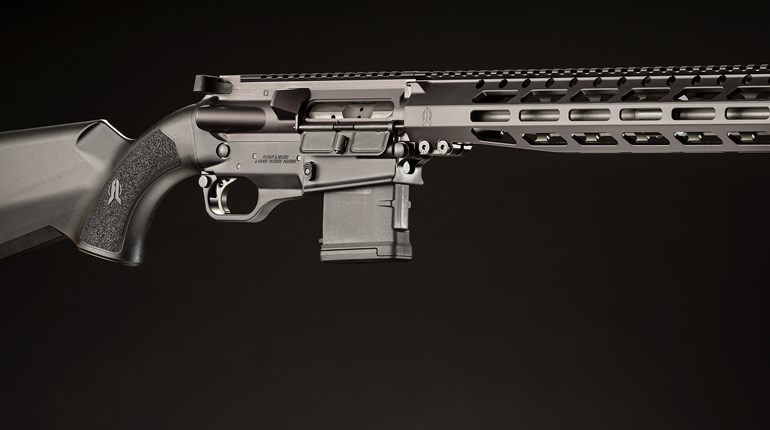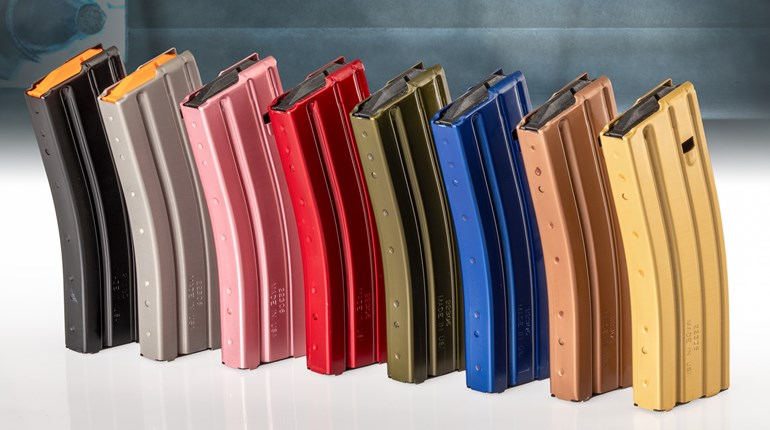
Our maneuverable modern sporting rifle “build” project continues: It’s a mini-celebration—discreet and polite, unlike the reactions of the other side—of our victories on Election Day. Despite our huge relief with regards to the election results, there’s no evidence that the assault on the Second Amendment is likely to abate (given the vehemence and “anti” tenacity of stuff like this and this), so we’ve no plan to dial down our vigilance. On the other hand, with a breather against the landside of anti-Second Amendment legislation you-know-who would have fostered, we’re making good use of the respite: A highly maneuverable—by which we mean short and light—AR/MSR has long been in our plan, so we’re building one.
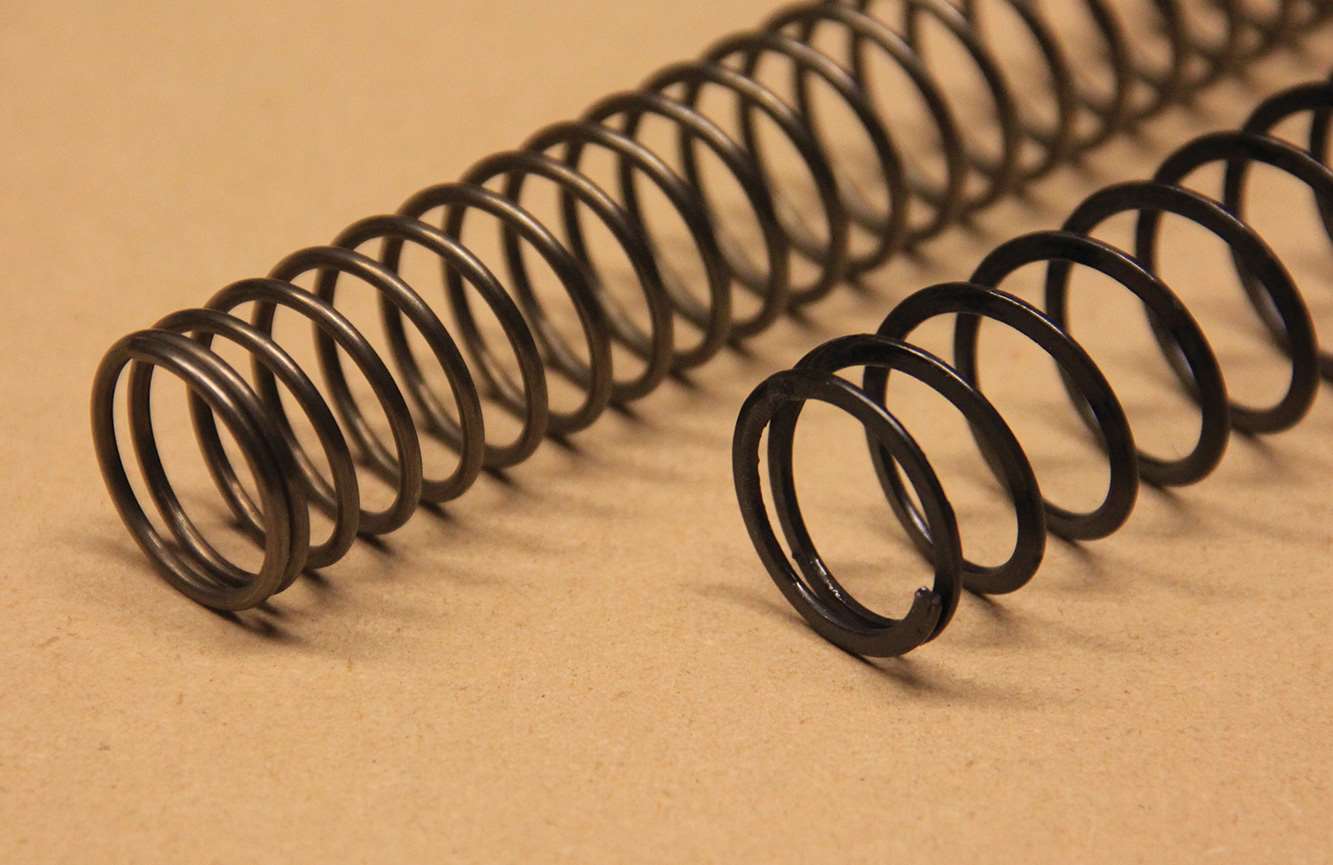
Last time around, we looked at one of the best ways we know to get the “maneuverable” part: short stowed length. Adjustable stocks help with this, but we wanted more, er, less—so we combined a Double Star/Ace ARFX Entry Length stock with the Law Tactical folder assembly. Between the two, nearly seven inches is lopped off the overall length of our planned carbine.
As our ARFX comes with a buffer tube to which we’ll add the recoil spring and buffer, we’re spared some hunting around for the tube itself. It’s a good thing, too: Unless you really pay attention to the fine print, you can wind up with the wrong thing in buffer tubes and related components. They vary both in length (rifle vs. carbine vs. pistol) and diameter (milspec vs. commercial). In our case, they also imply a buffer decision: Carbine length tube = carbine length buffer only.
With these decisions made, we get more into parts that directly affect the operation of a completed rifle. For the first, there’s no hunting around or guesswork required whatsoever—we’re using a David Tubb flat wire buffer spring. We concede we’ve “drunk the Kool-Aid” here, but don’t really care. As we said here, this is such a consistent reliability aid and problem-solver that we replace with it—even in new rifles—pretty much by default. (We have a bunch of round wire springs for sale, by the way, and cheap.)
Still, a short explanation is worthwhile. The vast majority of wear in any spring occurs as the boundaries of the designed operating span are approached—mainly full compression for a coil and columnar spring, (so-called “solid height”) but also over-extension (tougher to actually do, given how most of these springs are used, but still true). You simply want to avoid this. If avoided, a spring will last longer, and in some cases—such as this one—vastly longer.
That is the key here: Over the full range of motion of your bolt carrier group, a Tubb spring doesn’t even approach these danger zones. Ergo, it lasts longer, because it wears substantially less in every cycle of operation. How much less? Tests indicate it will outlast most every other part in your rifle: half a million or so compressions.
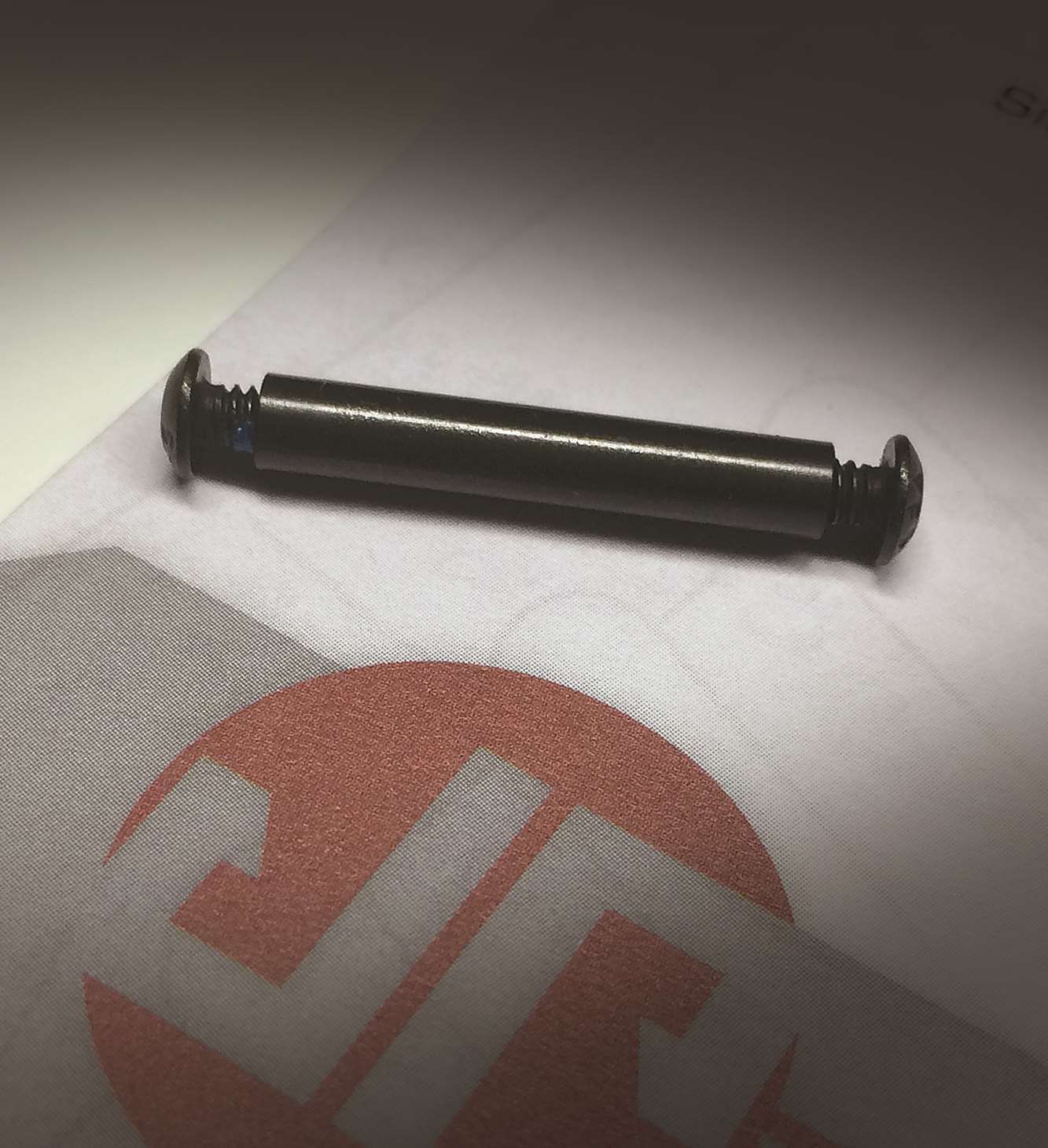
Our next part is comparatively easy, too: We just aren’t using standard trigger pins anymore. If you’ve been inside an AR lower, or better yet, disassembled one, you may know where we’re headed. Pins, normally interchangeable for hammer and trigger, are supposed to be held in place by reciprocal pressure from the legs of the hammer spring riding in a notch of the trigger pin. It’s simple enough, and the system worked quite reliably in several early generations of AR/MSRs from multiple manufacturers.
Though better materials and fabrication techniques have made very good-to-fabulous tolerances possible, this method of retention often isn’t up to the job anymore. Two causes generally account for such “walking” of pins, sometimes right out of the rifle, and both relate to the triggers most MSR folks prefer—those with light press weights.
In the case of traditional trigger components, the retention method as designed is less effective because we’re using lighter springs in the pursuit of those more precise triggers. The original retention mechanics were fine for the 6.5-7.5 pounds common when MSRs (and “M”s, for that matter) first appeared. But as system tension falls in relation to the overall press weight, so does the ability of the hammer spring leg to provide sufficient force to lock the notch, and hence the pins in your lower.
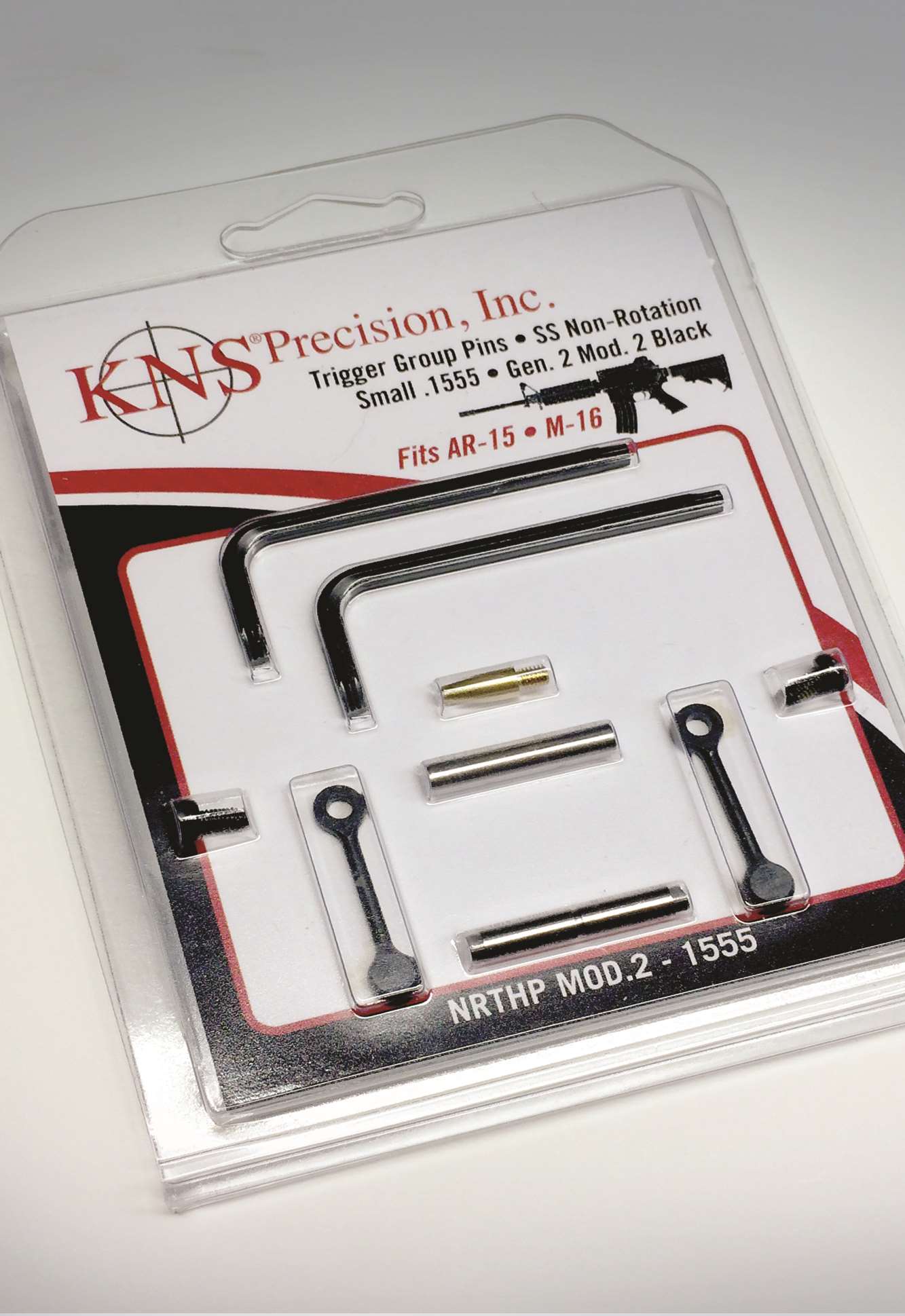
The second cause is a variation on this theme—“cartridge” or “cassette” triggers that go in as a unit. Here, a tight fit depends almost entirely on tolerances, and both too tight and too loose are annoying at the least. It’s not quite the disaster it can be when a traditional trigger’s many components are suddenly unanchored in the rifle upon the loss of a pin, but still trouble.
We therefore fix this pre-emptively. If your budget is tight, it’s tough to argue with these from JP Enterprises. They’re an especially good choice if your trigger components are set once and for all: Install them when you do your trigger, and pretty much “fuggedaboutit.” They’re also very reasonably priced, and win by a short “nose” if you’re fielding a cartridge/cassette system.
A solution from KNS Precision goes a step further: Not only are pins retained against “walk,” but they also can’t rotate. In theory at least, this makes it impossible for the steel of the pin to wallow the hole in your aluminum lower. They’re slick, and we prefer these slightly for traditional loose component triggers.
If this whole pin thing is a little obscure, take a look here. It provides more detail to be sure, and even more reasons to get this right from the outset.
Visit David Tubb Accuracy and Precision at www.davidtubb.com.
Visit JP Enterprises at www.jprifles.com.
Visit KNS Precision at www.knsprecisioninc.comPart 1 Part 3 Part 4 Part 5 Part 6 Part 7 Part 8 Part 9













